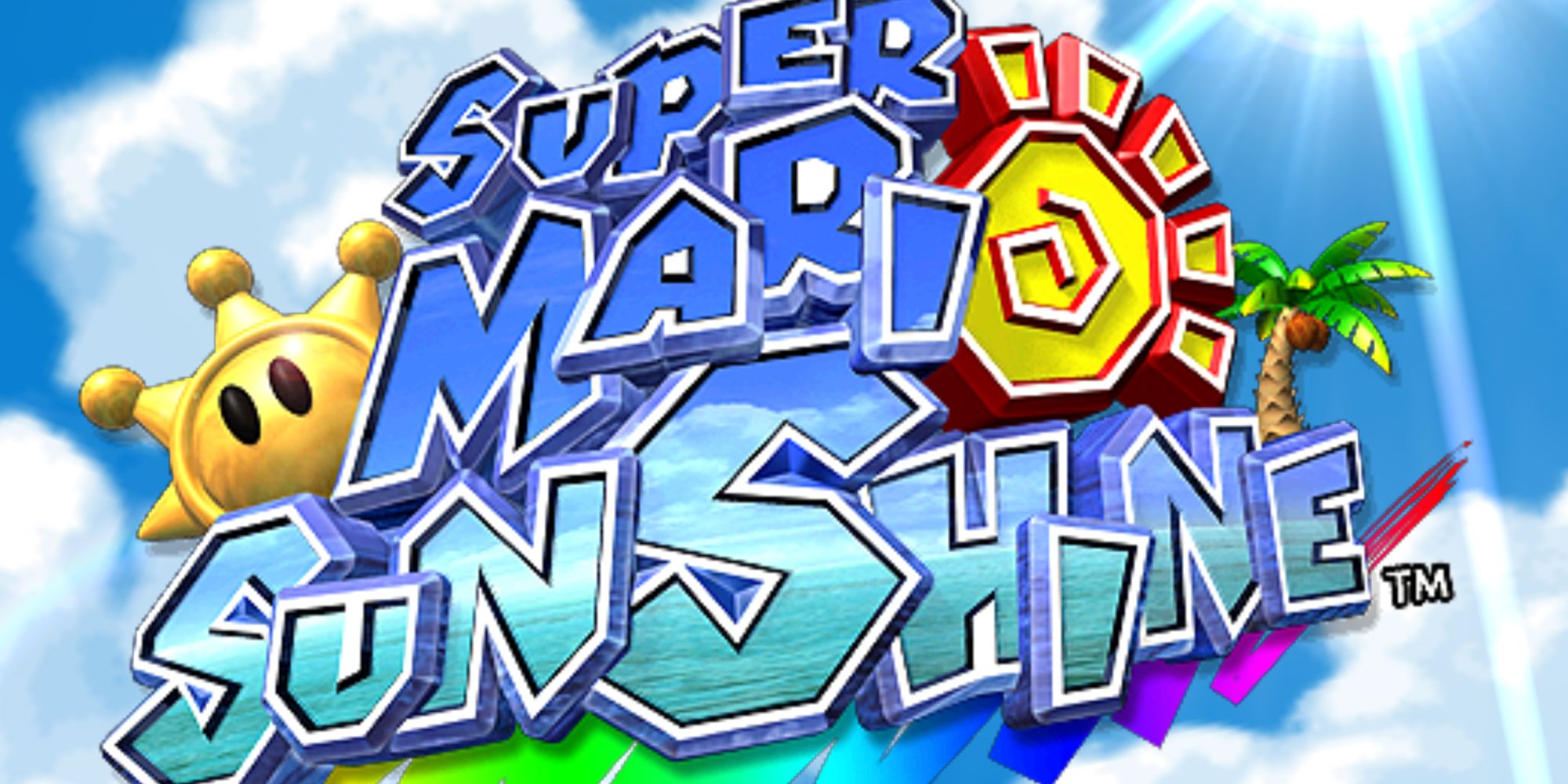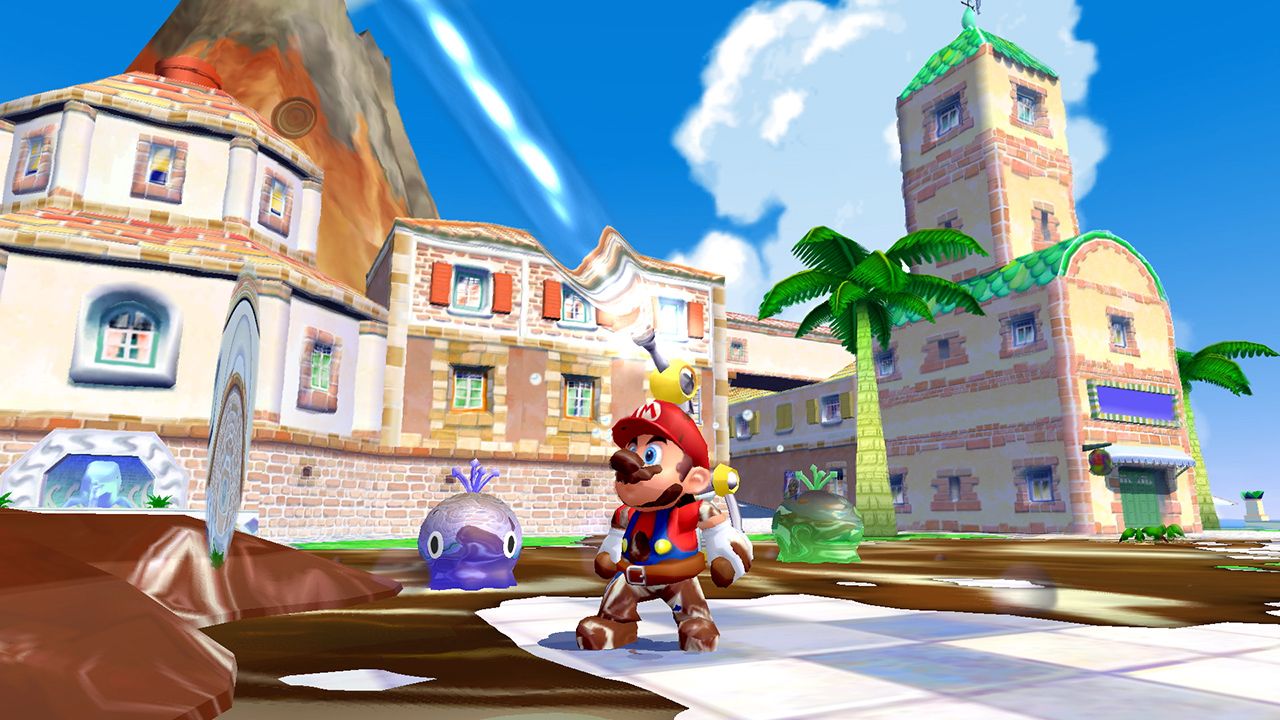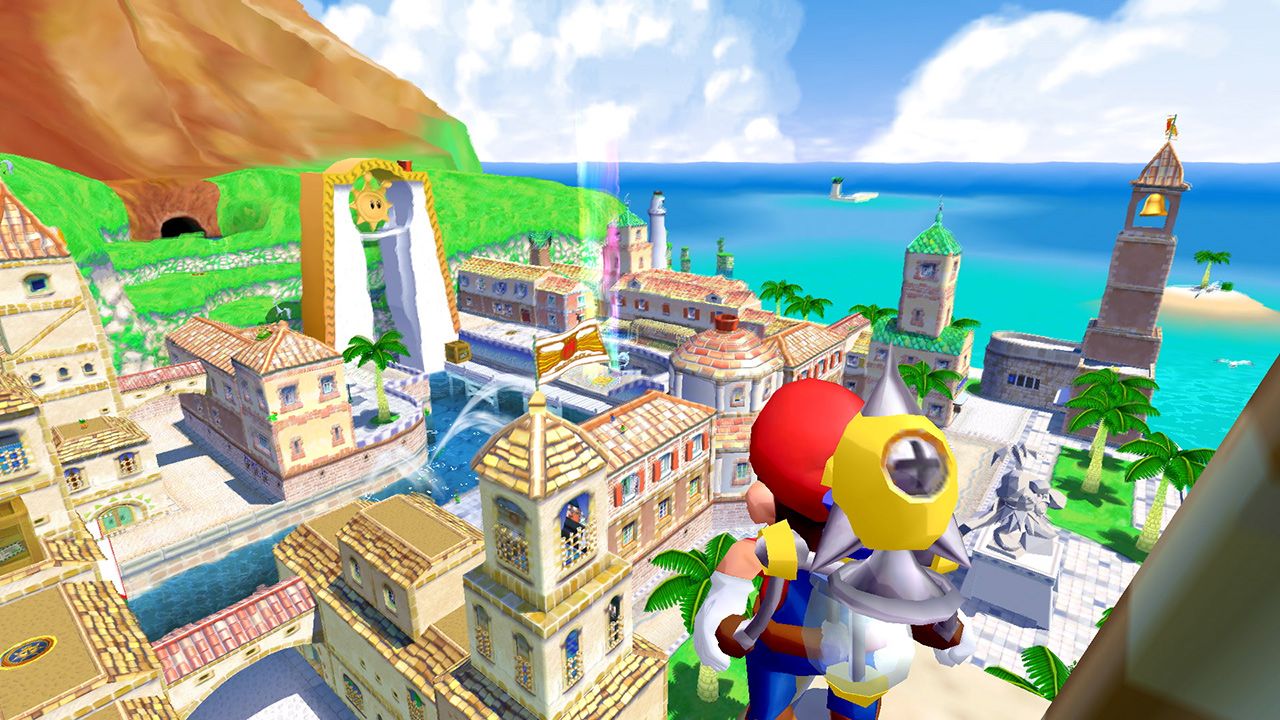With Nintendo's Super Mario franchise celebrating its 35th anniversary this year, the venerable video game publisher is pulling out all the stops to commemorate the landmark achievement for its flagship series. This month, the company is releasing Super Mario 3D All-Stars, a compilation of the most influential 3D platformers in the video game series. Among the three titles included is 2002's Super Mario Sunshine -- which is easily the most divisive entry in the collection.
Super Mario Sunshine was originally released for the GameCube and its inclusion in the anniversary collection for the Nintendo Switch marks the first time the game will be officially released on a different console. It was critically acclaimed upon release, but fans were less united. Sunshine sold over 5 million copies and became one of the bestselling titles on the GameCube, but Nintendo President and CEO Satoru Iwata said in 2003 that it had failed to live up to the company's internal sales expectations.
2007's Super Mario Galaxy and 1996's Super Mario 64 are listed at 98 percent and 96 percent, respectively, on GameRankings, but Sunshine boasts a critic score of 92 percent. This is still impressive, but critics and fans alike were divided on the game's camera controls and the addition of its new, core gameplay mechanic: F.L.U.D.D.
A lot of the division likely comes with Nintendo falling prey to its own storied reputation and innovative track record. Super Mario 64 had completely revolutionized not just the franchise, but contemporary gaming as a whole, by catapulting Mario's traditional 2D side-scrolling adventures into the third dimension. The entire subsequent generation of video games emulated this groundbreaking transition. An expected follow-up, originally in development as Super Mario 64 2 and then Super Mario 128, was similarly expected to be a gamechanger and showcase what the GameCube could do.
Visually, Sunshine did just that, with some of the most impressive graphics and lighting on the console. It had improved sound design and tighter, more intuitive gameplay. However, the graphical upgrade came with many gamers complaining that the levels were less varied than 64, which transported players to different worlds through portraits. Sunshine had Mario travel to different points of its primary setting on Isle Delfino and, while environments varied, they were still extensions of the same tropical theme.
Sunshine was also noticeably more difficult than its predecessor, particularly in challenge stages set up by Shadow Mario throughout the game. This increase in difficulty made problems with camera control all the more frustrating as players struggled to navigate some the game's trickier courses.
Then, there's F.L.U.D.D. Tasked with cleaning up the pollution unleashed by Shadow Mario throughout the scenic Isle Delfino, Mario was equipped for most of Sunshine with the water-powered backup. He used it to clean up the mess and propel him across stages, although it needed constant refills as he expended water.
Many critics and gamers saw this gameplay mechanic -- and the eventual inclusion of Yoshi as a rideable mount -- as little more than gimmicks forced upon the player rather than organic additions to the gameplay.
Despite the criticisms, Super Mario Sunshine is still widely regarded as one of the best entries in the franchise and one of the most popular titles on the GameCube. Vibrant and visually rich while expanding what was possible for Mario and Yoshi in 3D platforming, Sunshine helped set the foundation for future Nintendo titles like Super Mario Galaxy. Plus, it marked the debut of Bowser, Jr. in the main series, who would go on to become a recurring antagonist alongside his father.
Sunshine isn't perhaps held the same high esteem as Super Mario 64 or Super Mario Galaxy, but it definitely deserves its place in the Super Mario 3D All-Stars anniversary collection, alongside its counterparts, as an important piece of the franchise's history.



